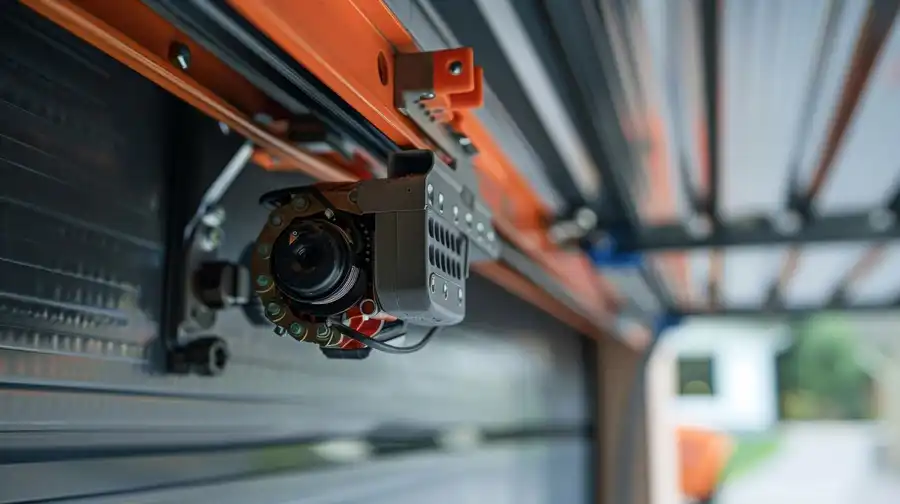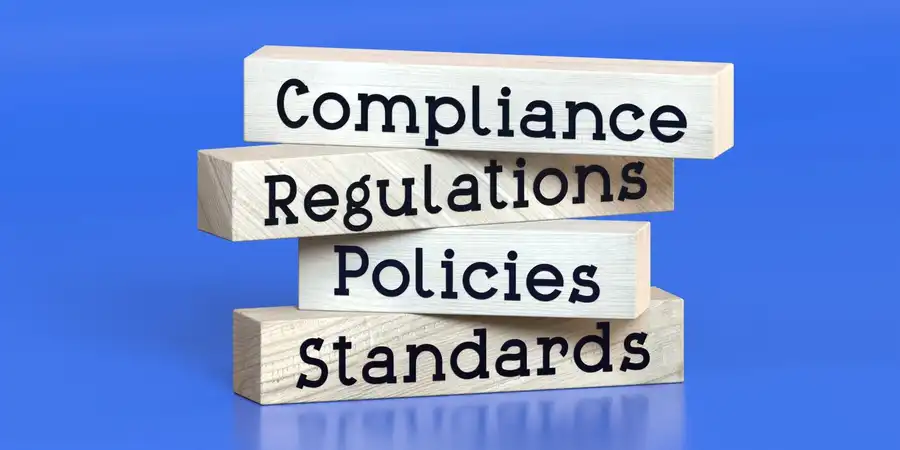Expanding your business worldwide? There’s more to it than setting up shop in a new country. Commercial doors, for instance, have to meet all sorts of rules and standards to ensure they’re safe, accessible, and suited for the region. But don’t worry! Navigating these global standards isn’t as complicated as it sounds!
In this blog, we’ll cover everything you need to know to ensure your commercial doors are in full compliance with local and international standards. Let’s dive in and simplify the world of compliance!
Key Standards You Should Know
Let’s have a look at the primary standards for commercial doors:
Safety and Accessibility Standards
Ensuring doors are safe and accessible is the first big step. Most countries have strict rules for this, such as the International Building Code (IBC) in the U.S. or the European EN standards. These rules dictate details such as door width, handle height, and other features that help make doors user-friendly and accessible for everyone.
Safety rules also focus on making sure doors work in emergencies. Standards such as EN 1125 in Europe and the Americans with Disabilities Act (ADA) in the U.S. require doors to be designed for easy exit in case of emergencies. Following these standards helps you avoid penalties and, most importantly, keeps everyone safe.
Fire Safety Standards
This is one area where there’s no room for compromise. Standards such as UL 10B/10C in the U.S. and BS EN 1634-1 in Europe test how well doors can resist fire. Fire-rated doors usually have a rating, such as “30-minute” or “60-minute,” which tells you how long they can withstand flames.
Investing in fire-safe doors that comply with these standards means you’re protecting lives and property. Plus, it keeps you on the right side of the law.
Regional Regulations: Know the Local Rules
Here are the rules and regulations you need to know:
North America
Here, compliance is a must with rules such as the IBC and National Fire Protection Association (NFPA) codes. These are regularly updated, so it’s essential to stay in the loop. The ADA also plays a big role in accessibility, setting rules for everything from door height to handles. Fire doors need regular inspections and maintenance under NFPA 80 to stay compliant and effective.
Europe
Commercial doors in Europe need to have a “CE” marking, showing they meet European Union (EU) safety standards. EN 16005, for example, ensures that automatic doors in public spaces are safe. Local countries often add their own rules on top, so double-checking with local experts is a good idea.
Asia-Pacific and Middle East
In this region, you’ll find a blend of American, European, and locally adapted standards. For instance, Australia has its own accessibility standards, and many Middle Eastern countries prioritize fire safety due to high temperatures. It’s best to work with local experts to stay compliant.
Meeting Specific Project Needs
Let’s look at the various project needs that have to be met:
Building Purpose
Commercial door standards change depending on the building. High-security facilities, such as banks or data centers, might need reinforced doors with advanced access controls. Meanwhile, hospitals might require hands-free doors that open automatically, making it easier for patients and staff to move around.
Warehouses and factories usually focus on doors that are durable and fire-safe to handle heavy use and protect staff. So, understanding the building’s function will help you select doors that keep everyone safe and fit the regulatory bill.
Occupancy and Emergency Exits
The number of people using a building impacts door requirements. Buildings such as theaters or stadiums, for instance, need wide doors with panic bars for quick, safe exits.
If your building has a high occupancy, ensure your doors are up to code for emergency situations. Doors in high-traffic buildings also need to stand up to heavy use, so make sure they’re durable enough for the job.
Weather and Environmental Conditions
In certain areas, environmental conditions influence door choices. For instance, coastal areas may require corrosion-resistant doors, while earthquake-prone regions need doors that are built to withstand tremors.
Consider these environmental factors when choosing door materials and finishes to ensure they stay functional and safe in all conditions.
Industry Best Practices: Certification and Maintenance
Here are some industry best practices for commercial door compliance:
Certifications
When it comes to commercial doors, certifications matter. Look for certifications from trusted organizations, such as Underwriters Laboratories (UL) in the U.S., British Standards Institution (BSI) in the UK, or TÜV Rheinland in Germany. These certifications guarantee that doors meet high safety standards. Testing for fire resistance and durability gives you peace of mind and keeps your business compliant.
Routine Maintenance
After installation, regular maintenance is key to staying compliant. Some regulations, such as NFPA 80 for fire doors, require ongoing checks to ensure the doors work as they should. Documenting inspections, repairs, and maintenance not only helps with compliance but also improves door safety and lifespan.
Understanding global standards for commercial doors can seem overwhelming, but with the right knowledge and preparation, it’s entirely manageable.
By following key safety standards, understanding local regulations, and keeping up with industry practices, you’ll ensure your doors meet every requirement and keep people safe.
Investing time and resources in the right solutions from the start means your doors will serve you well across global markets.
Are you looking for commercial doors that meet global standards without the hassle? At RCI Doors™, we specialize in solutions that keep you compliant, safe, and ready for any market. If you want to learn more about our customizable, regulation-compliant doors, contact us today!



